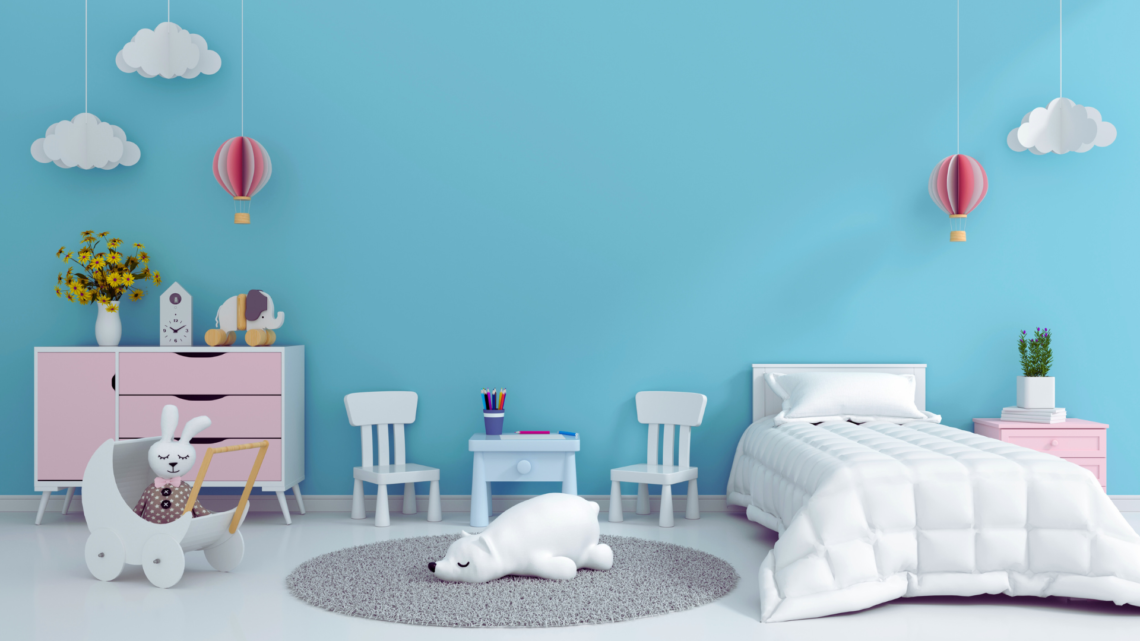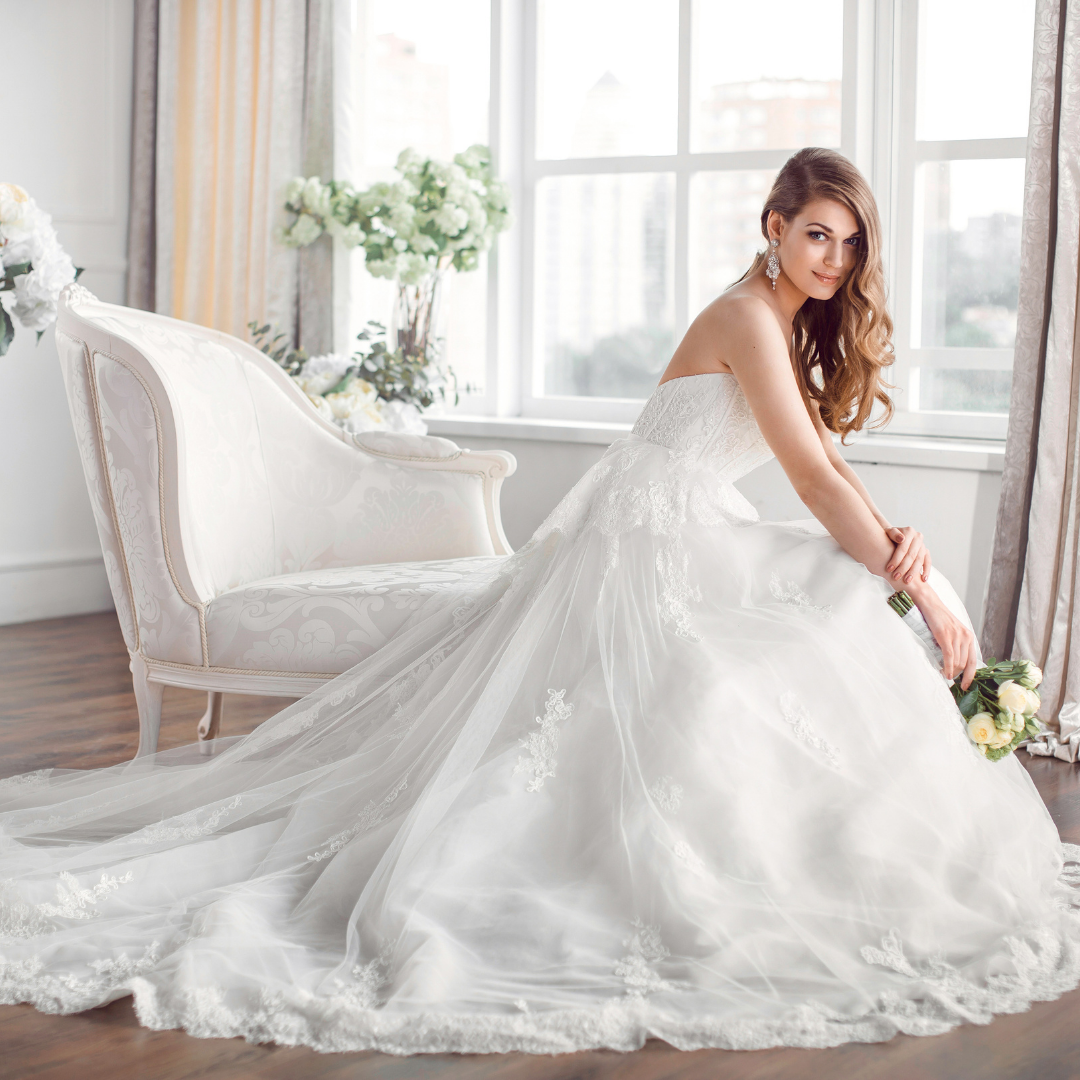
Designing a Fun Kids Bedroom: Tips for Creating a Playful and Functional Space
Creating a fun kids’ bedroom is an exciting opportunity to express their personality and spark their imagination. Incorporating elements that reflect a child’s interests can transform a bedroom into a playful sanctuary where creativity thrives. From vibrant colors to thematic decor, every detail can enhance their space, making it a haven for both rest and play.
Parents can explore various kids’ bedroom ideas that cater to different styles and preferences. Whether it’s a cozy reading nook, a whimsical play area, or an adventurous theme, the key is to balance functionality with fun. Attention to the child’s changing tastes ensures the room remains engaging over time, evolving alongside their interests.
Designing a kids’ bedroom involves more than just aesthetics; it creates an environment that encourages growth and imagination. By thoughtfully selecting furniture, decor, and accessories, parents can craft a space that feels uniquely theirs, inspiring joy and creativity in every corner.
Understanding Kids’ Bedroom Essentials
Creating a functional and enjoyable kids’ bedroom requires careful consideration of furniture, storage solutions, and color schemes. These elements significantly affect the atmosphere and usability of the space.
Choosing the Right Furniture
Selecting the appropriate furniture is crucial for a child’s bedroom. A bed should be sturdy and of suitable size, often a twin or full-size, depending on the child’s age and space constraints. Low-profile beds or bunk beds can maximize floor space, especially in smaller rooms.
In addition, incorporating a desk or a dedicated study area is beneficial as it encourages homework and creativity. Consider furniture made from durable materials that can withstand wear and tear.
Finally, opt for pieces with rounded edges to enhance safety. This thoughtful approach ensures the furniture supports the child’s activities and promotes a comfortable environment.
Incorporating Effective Storage Solutions
Effective storage solutions keep a child’s bedroom organized and clutter-free. Use a mix of open and closed storage options, such as shelves, cabinets, bins, and drawers.
Examples:
- Shelves: Shelves offer a versatile solution for displaying books, toys, and decorative items. They keep items organized while adding a personal touch to the room. Open shelving also allows easy access to frequently used items while contributing to a neat, tidy space.
- Cabinets: Cabinets are ideal for storing clothes, toys, and other essentials, and can offer hidden storage that keeps the space clutter-free. To add a playful touch, cabinet doors can also be customized with fun designs, like a jungle safari or dinosaur land theme, with the help of companies like Lovech. This can bring a whimsical element to the room while maintaining a cohesive look.
- Baskets: Baskets are a practical storage solution for toys, blankets, or even laundry. Their easy accessibility makes it convenient for children to grab and put away items independently. They come in various sizes and materials, helping maintain an organized and tidy space while adding visual interest.
- Under-bed storage: Under-bed storage maximizes unused space for storing seasonal clothing, shoes, or larger toys. It keeps the room organized and frees up valuable closet space. With bins or drawers, this area can be neatly tucked away and out of sight, making it ideal for less frequently accessed items.
Labeling storage containers helps children identify where items belong, fostering responsibility. Hang hooks on walls for additional storage of backpacks or hats. This multi-faceted approach to storage keeps the room tidy and functional.
Selecting Color Schemes and Patterns
Choosing a suitable color scheme can significantly impact the mood of a child’s bedroom. A neutral color palette such as soft grays, beiges, or pastels provides a calming backdrop.
These colors create a versatile space that can adapt as the child grows. To add interest, consider using patterns through decor elements like bedding, curtains, and wall art.
Suggestions for Patterns:
- Stripes for a modern touch.
- Polka dots for playful charm.
- Nature themes to inspire creativity.
Combining colors and patterns thoughtfully can create a cheerful yet relaxing atmosphere, enhancing the overall experience of the bedroom.
Designing for Fun and Functionality
Creating a kids’ bedroom requires a balance of imaginative elements and practical design. This ensures the space is inviting while serving the needs of both play and rest.
Innovative Bed Options
Choosing the right bed is critical for a children’s room. Bunk beds are a popular choice, maximizing vertical space while providing an adventurous sleeping arrangement. They can feature fun designs, such as themed beds resembling castles or spaceships, which spark the imagination.
Loft beds offer another creative solution. They elevate the sleeping area, freeing space below for a desk or play area. Incorporating storage drawers can also help organize toys and clothes, making the room both fun and functional.
Moreover, when selecting the perfect bed, don’t forget about a comfortable mattress to support your child’s growing body. A high-quality mattress for kids typically ensures the restful sleep needed to recharge for the day ahead. Look for options that offer proper spinal support, breathable materials, and hypoallergenic properties to promote healthy sleep. Choosing a mattress that adapts to your child’s changing needs can also provide long-term value, ensuring comfort as they grow.
Creating a Playful Playroom Section
A designated playroom area enhances the bedroom, and the right flooring lays the foundation for comfort, safety, and style. Options such as durable vinyl, hybrid, or laminate flooring are easy to clean and soft underfoot, perfect for active kids. Companies like Hybrid Floors, along with similar providers, offer a wide range of child-friendly, low-maintenance flooring solutions that blend practicality with modern aesthetics. To add warmth and encourage imaginative play, consider layering vibrant rugs with fun patterns over the base flooring.
In addition, including a small table with chairs encourages arts and crafts. Utilizing wall space for art displays gives children ownership of their environment. Brightly colored rockers or bean bags can provide cozy spots for interactive play or relaxation.
Designing a Cozy Reading Nook
A reading nook promotes a love for books in a child’s bedroom. Soft cushions or a small sofa can create a comfortable seating area, inviting children to settle in with a story. Adding a small bookshelf with easy-to-reach titles ensures that books are within grasp.
Incorporating warm lighting can create a cozy and inviting atmosphere. Think of soft, scanned lines on the ceiling or stylish wall sconces as lovely options. When it comes to installation and setup, it’s best to connect with a skilled electrician St. Paul MN, or nearby, to ensure everything is done safely and correctly. Adding personal touches, like favorite characters or themed decor, can also make the space feel truly special and help draw kids in for some peaceful, quiet time.
Personalizing the Space
Creating a personalized bedroom allows a child to express their individuality. It can reflect their interests and activities, making the space feel uniquely theirs. Important strategies include selecting meaningful themes and incorporating accessories that showcase their personality.
Selecting Themes that Reflect Personal Interests
Choosing a theme is a vital step in personalizing a child’s bedroom. Parents can discuss interests with their children to find a theme that resonates with them.
Popular themes include:
- Nature: Incorporate greenery and animal motifs.
- Fantasy: Use fairy tales or space exploration as the main inspiration.
- Hobbies: Illustrate interests like sports, music, or art.
Focal points like bedspreads, wallpapers, and rugs can all reflect the chosen theme. Art displays featuring the child’s favorite characters or hobbies can enhance the environment. Consistency in colors and motifs creates a cohesive look, making the room feel complete and inviting.
Accessorizing with Personality
Accessories can add character and fun to the bedroom. Items like fairy lights create a cozy ambiance, while wall stickers can bring favorite themes to life.
Consider these accessory ideas:
- Personalized bedding with a child’s name or favorite colors.
- Storage solutions designed with unique shapes or themes.
- Interactive elements like chalkboard paint for creativity.
Incorporating items such as plush toys or unique furniture pieces can make the room feel lived-in. Each accessory contributes to a unique narrative, allowing the child to showcase their evolving interests. By selecting distinct accessories, the space becomes a true reflection of the child’s personality.




